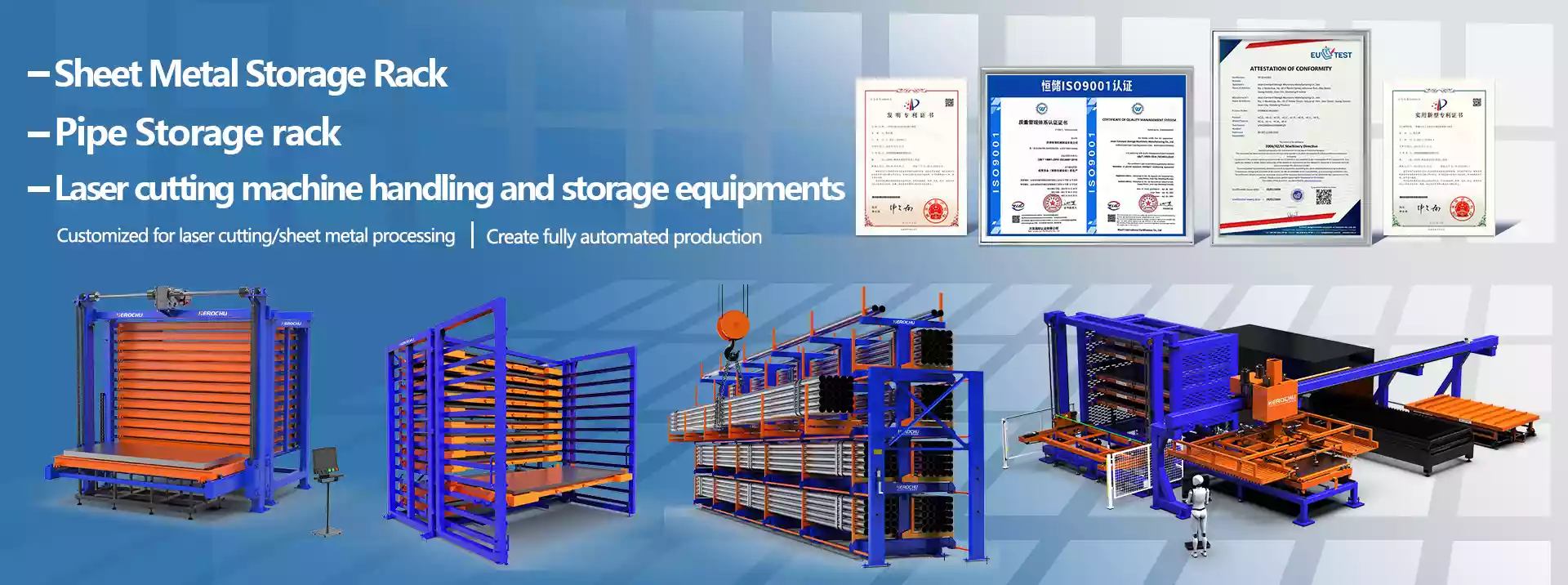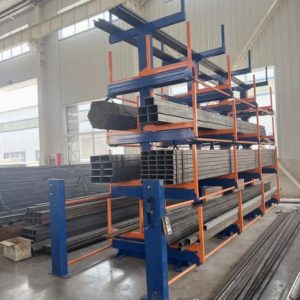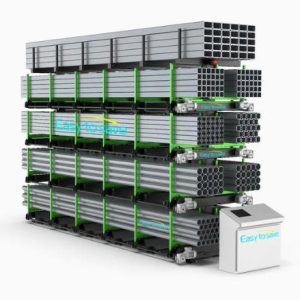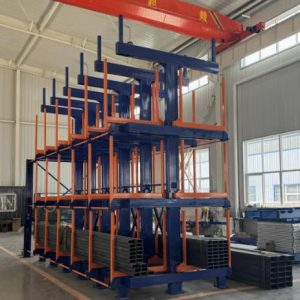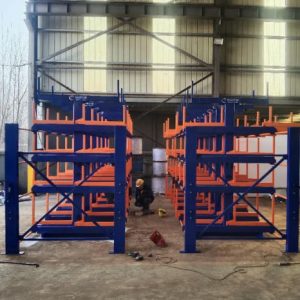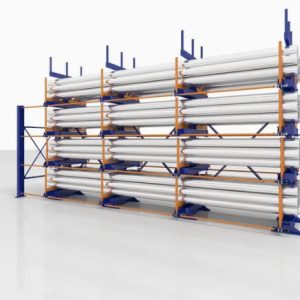Understanding the Price Gap: The Engineering Behind Herochu Roll-Out Cantilever Systems
Customisable to your workshop, starting at USD 4,899 – CE, UE, ISO 9001
A fixed cantilever rack is a bench that never moves: arms welded, price low, imagination nil. A Herochu roll-out rack is the exact opposite—each arm is a motorized drawer that carries a tonne of steel out to the crane hook in six seconds. The gap between the two price tags is not marketing fluff; it is the cost of turning dead aisle space into productive cubic metres and turning hernia-risk manual handling into a one-finger remote command. Below is the engineering ledger that explains every extra dollar and why most facilities recover it in under a year.
Steel grade is only the opening line. Both styles start with Q235, but the fixed version is cut, drilled, welded, shot-blast and painted. The roll-out version moves to a second machining island where arms are milled flat within 0.1 mm so the hardened rack strip can be bolted on without twist. One twisted arm makes the drawer jump the pinion; that is why we scrap 4 % of finished arms instead of shipping them. Scrap cost ends up in the price, but it also ends up as years of silent, wobble-free extension.
Next come the moving parts you never see on a static rack: induction-hardened 24 mm pinion, 20MnCr5 case-hardened rack, sealed bearings rated for 20 000 cycles, and a 0.75 kW VFD motor that draws less power than a coffee machine. A fixed rack has none of these, so it cannot retract a 5 t bundle of seamless pipe away from a forklift collision zone or present the exact heat number to the inspector without manual dragging. The motor alone costs more than an entire fixed arm, yet it replaces two labourers and a forklift driver for twelve years.
Aisle geometry is where the price gap turns into value. Fixed racks need 4.5 m to 5 m so forklifts can turn; roll-out racks need 1.4 m because the crane does the travelling. A 60 m long bay frees 210 m² of floor—enough to install another three racks without extending the building lease. At European warehouse rents that is €13 000 saved every year, which means the price premium is neutralised before the second maintenance interval.
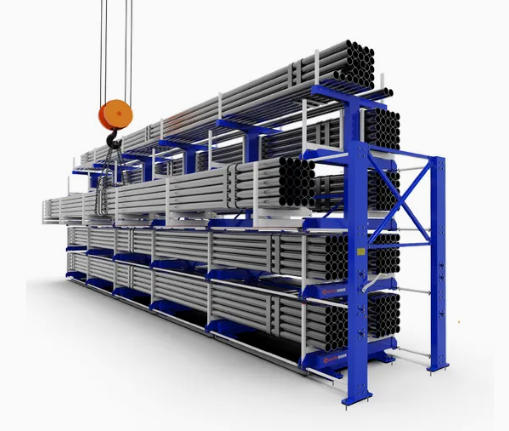
The safety ledger is harder to quantify until someone drops a bundle. Fixed systems force operators to climb, lean, and spear loads with fork tips. Roll-out arms bring the load to the operator at waist height, clear of the aisle, guarded by a photoelectric curtain that halts travel if a foot crosses the line. Insurance underwriters notice: one UK fabricator saw its material-handling premium drop 18 % after install, a saving that repeats annually and is directly traceable to the telescopic design.
Corrosion protection adds another line item. Static arms are painted once; roll-out arms are pickled, zinc phosphated, and receive a 120 µm powder coat that survives the constant micro-vibration of extension. The rack strip is blackened and oiled so the gears do not grind themselves into orange dust. Salt-spray testing shows 1 000 h to first red rust instead of 200 h on standard painted Q235—important when the rack lives beside a wet bandsaw.
Tolerance stacking is invisible until it is not. A fixed arm can be out of level by 3 mm and still hold steel. A roll-out arm at 3 mm misalignment will bind under full load and stall the motor. We weld the main frame on jigs that are laser-levelled every morning, then machine the rail seatings in a second operation. That extra setup cost is part of the price gap, and it is why our drawers still feel new after 15 000 cycles when site-built retrofits start chattering at 3 000.
Electric control is more than a luxury handset. The PLC logs every cycle, counts overload events, and flags bearings that draw high current—predictive data that prevents unplanned shutdowns. A fixed rack gives no warning before a weld cracks. The software package adds cost, but it also adds uptime: one Polish service centre reported zero unscheduled maintenance in 28 months, a figure they had never achieved with their previous static system.
Installation labour favours the roll-out concept as well. Fixed racks ship as loose arms and columns that must be measured, plumbed, and welded on site. Herochu bays arrive pre-assembled; columns are already connected by bracing, motors factory-wired, and drawers calibrated. Two technicians and a telehandler can erect 25 t of capacity before lunch, cutting site labour by 40 % and eliminating the “Friday afternoon weld” that usually turns into a Monday morning crack.

Lifecycle cost closes the argument. A fixed rack may cost 40 % less on day one, but every year it consumes more floor space, more forklift hours, and more damaged stock. Roll-out racks start returning value the moment the first drawer glides out: faster picks, narrower aisles, safer handlers, and scrap rates that drop because material is no longer dragged across concrete. Most clients see cash payback in eleven months; after that the extra margin is pure profit for the rest of the rack’s 20-year design life.
So the price gap is not a surcharge; it is a ledger of precision machining, hardened steel, safety electronics, and floor space that suddenly starts earning rent instead of eating it. Choose the fixed bench if the warehouse will never change. Choose Herochu roll-out cantilever racks if you want the square metres you already pay for to finally pay you back.
